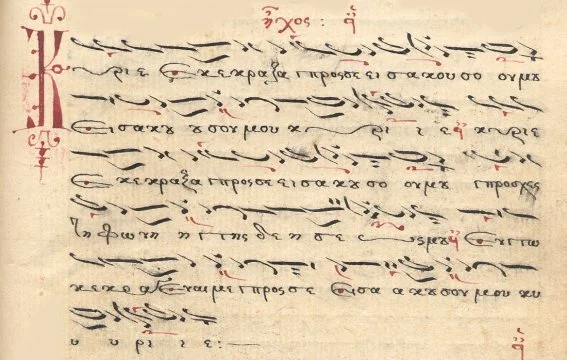Introduction to Liturgical Mystagogy
Thursday, September 3, 2020
8:00 p.m. EDT
Join us at 7 p.m. CDT/8 p.m. EDT on Thursday, September 3rd as we cosponsor a Zoom webinar with Dr. David Galadza. Dr. Galadza will present an “Introduction to Liturgical Mystagogy,” the first installment of the fall webinar series Eastern Catholic Theology in Action. The Saint Benedict Institute is a cosponsor of this event series.
This webinar is free and open to the public and no preparation is necessary. The event will be presented on Zoom (registration required), as well as through live-stream on YouTube. For more information and to register for this webinar, click here.
From the fourth to eighth centuries, liturgical commentaries flourished to explain the meaning of the sacramental life of the Church. Notably after the fourth century, the tradition of Jerusalem developed another genre for mystagogy, namely hymnography. As part of the structure of the liturgical services, they explain to the faithful what is happening during the services, rather than before or after the celebration. In this way, hymnography has an exegetical function, commenting on scripture and the mystery of salvation in Christ. Dr. Galadza will explore this hymnographic tradition and its relation to the formation of liturgical theology.
Deacon Daniel Galadza (S.E.O.D Pontifical Oriental Institute, Rome) is currently a fellow at the Centre for Advanced Studies at the University of Regensburg and a member of the Patriarchal Liturgical Commission in Kyiv. Dr. Galadza’s research focuses on the historical development of liturgy, particularly the Byzantine Rite, as well as modern and contemporary Orthodox and Eastern Catholic worship and church singing. His book, Liturgy and Byzantinization in Jerusalem, was published by Oxford University Press in 2018.



